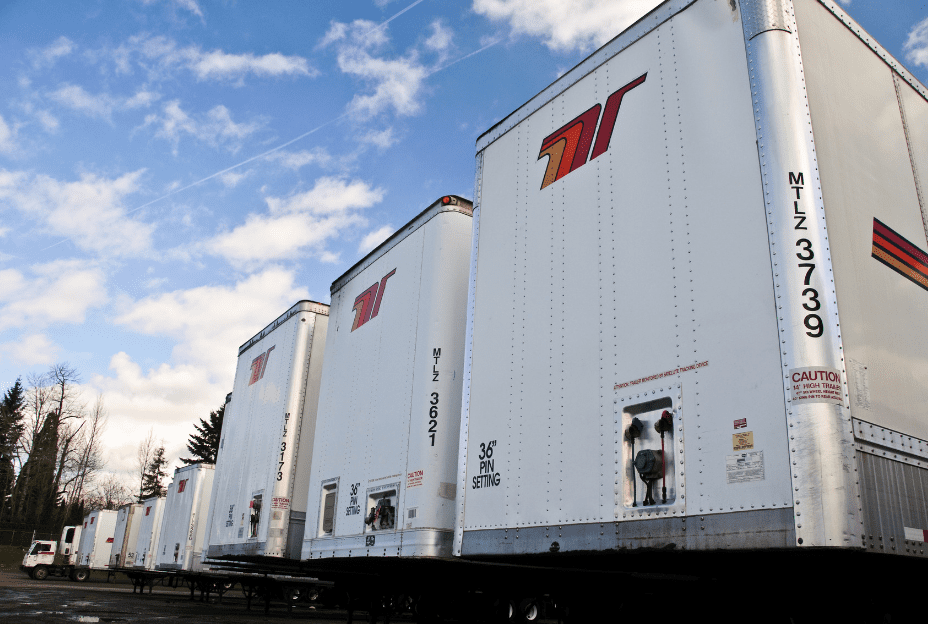Imagine a transportation industry where no truck was ever detained. That’s the motivation behind trailer pools, which are an increasingly popular trend in the effort to maximize efficiency and reduce wait times at shippers’ and receivers’ docks.
But it’s not quite the silver bullet that the industry needs to solve the problem of driver detention.
For one, trailer pools aren’t free. New van trailers can run $25,000 to $30,000 or more, depending on specs such as stronger floors or lightweight materials. In a live load / unload scenario, there’s a 1:1 ratio of trailer to power unit (tractor). Most trailer pools have a ratio between 3:1 and 5:1. All of those extra trailers add costs to the carrier, even as they improve driver retention and minimize detention.

Cost considerations don’t stop with detention versus trailer costs. Trailer pools require drop lots, and managing those may include the use of dedicated spotting tractors. Paved lots cost money, as do signage, striping and management. Gravel or dirt lots are cheaper but come with a host of issues from trailers sinking into mud to lack of organization.
Solving one problem and creating others
Inefficient dock operations often substitute dropped trailer lots as a “fix,” with the result of creating equally inefficient, wasteful lot operations. It solves one issue – detention – but creates new costs and problems.
Managing dropped lots can introduce other problems, such as locating equipment and allocating responsibility for damages. Without strong signage that identifies each parking space and a system to manage them, carriers will park trailers haphazardly, resulting in delays looking for suitable equipment or specific trailers. I’ve managed a drop lot, and one of the biggest annoyances with multiple carriers dropping equipment is the potential for an accident while backing a trailer into a tight parking space.
And if you didn’t see how the damage occurred, it can lead to you watching hours of surveillance footage.
Should the economy slow down, the costs of those extra trailers and facility improvements won’t go away. They’ll remain as fixed costs that someone needs to cover. Labor, however, is a variable cost which can be adjusted to activity.
What’s the long-term fix?
The best approach to shipping challenges is a well-trained, well-staffed group to ship and receive within rigorous parameters. This also allows smaller carriers to participate in hauling freight, adding to the potential carrier base. A few large carriers with trailer pools can add operational flexibility, but shouldn’t be the sole solution unless business levels remain at a steady state throughout the year.
Bottom line, an efficient dock operation that quickly turns doors has the best payback for a shipper in terms of physical capital and is the best way to minimize the carrier’s costs.
Get the latest trucking industry insights and news by subscribing to one of our newsletters.

